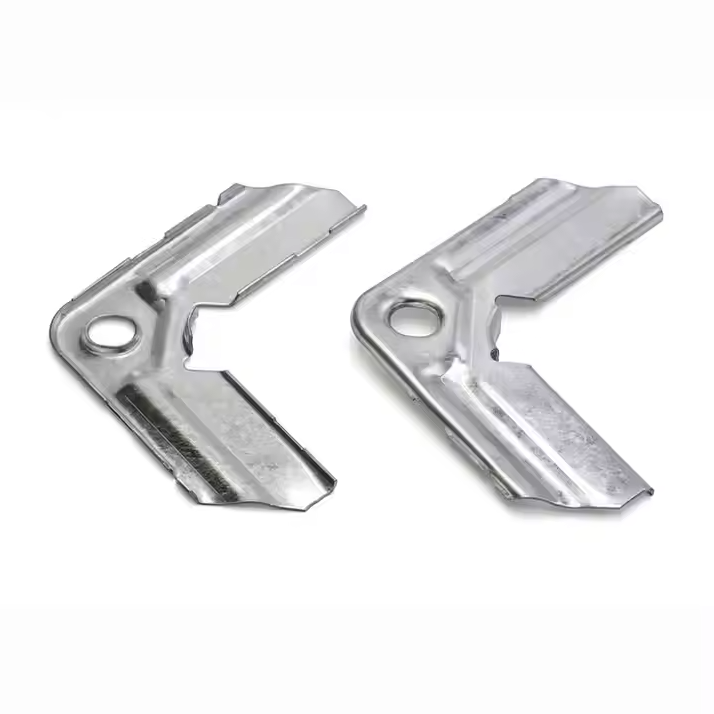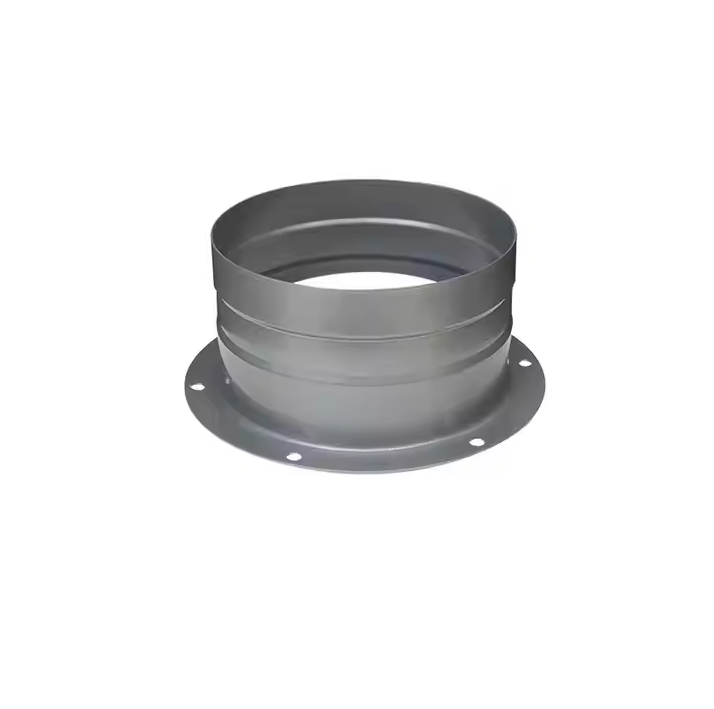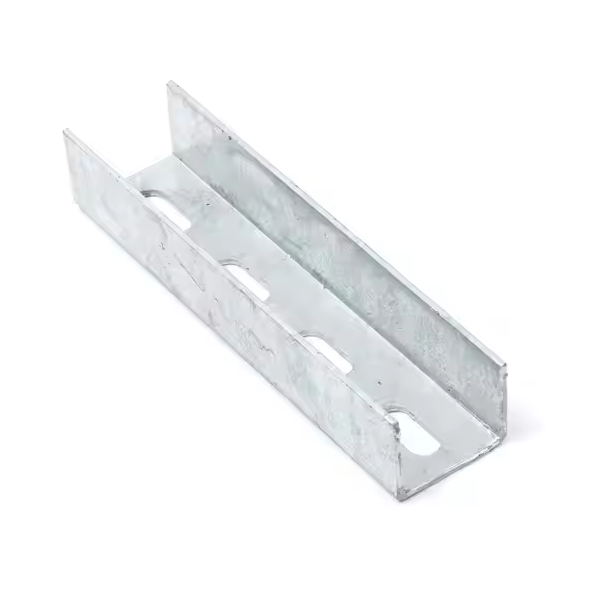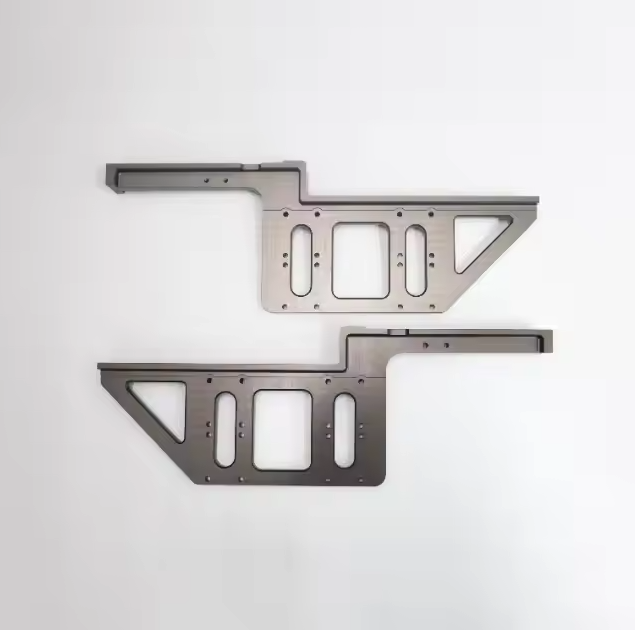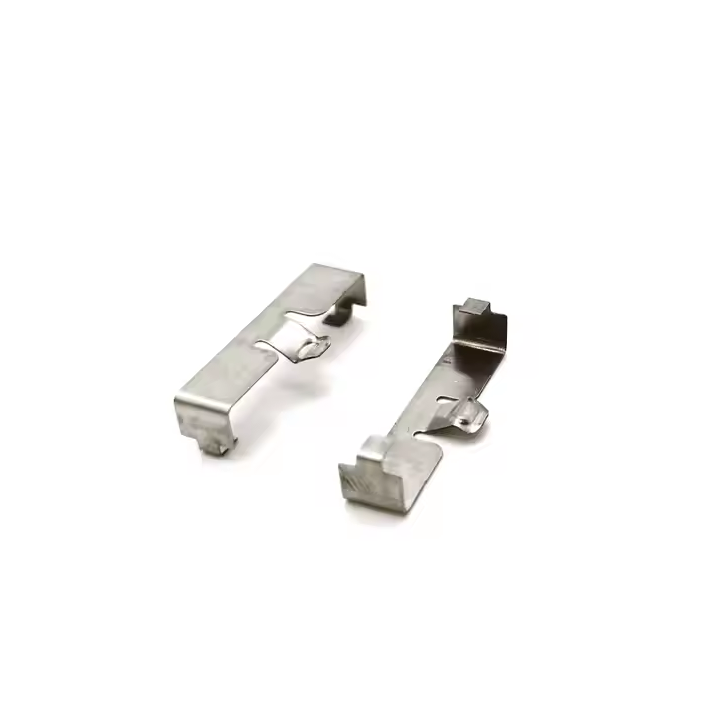SS and SUS are common terms in the field of metal materials and frequently appear in product manufacturing in different industries. Their characteristics determine their wide application. Whether it is a scene that requires material corrosion resistance, strength, appearance, or hygiene, SS and SUS can demonstrate their value and meet diverse needs.

Definition of SS and SUS
SS
SS stands for stainless steel. It is not a single type of steel, but a series of alloy steels that have been added with alloy elements such as chromium (Cr), nickel (Ni), and molybdenum (Mo) based on ordinary carbon steel.
SUS
SUS is the representation of stainless steel in the Japanese Industrial Standard (JIS). It and SS are essentially stainless steel, but the names are different under different standard systems. The SUS numbering system specifies the chemical composition, mechanical properties, etc. of various types of stainless steel in detail, making it easy to accurately identify and select suitable stainless steel materials during production, processing, and use.
Advantages and characteristics of SS and SUS
Good corrosion resistance
SS and SUS have excellent corrosion resistance due to their alloy composition. The oxide film formed by chromium can effectively resist common corrosive media, such as moisture in the atmosphere, acidic substances in industrial waste gas, and acid and alkali solutions in daily life.
High strength and good toughness
Many SS and SUS materials have high strength and good toughness while ensuring corrosion resistance. By adjusting the ratio of alloy elements and performing appropriate heat treatment, stainless steel can obtain different levels of strength to meet different engineering needs.
Sanitation and cleaning convenience
SS and SUS show obvious advantages in industries with extremely high hygiene requirements such as food and medical care. Its surface is smooth, not easy to breed bacteria, and easy to clean and disinfect.
Aesthetics
Stainless steel has a bright and neat metal appearance, and its aesthetics can be further improved through surface treatment processes such as polishing and brushing. This makes SS and SUS very popular in the fields of architectural decoration, household goods, etc.
Types of SS and SUS
Classification by organizational structure
Austenitic stainless steel: This is the most common type, such as SUS304, SUS316, etc. Its crystal structure is face-centered cubic, with good corrosion resistance, low-temperature toughness and processing performance, non-magnetic, and widely used in food industry, chemical equipment, architectural decoration and other fields.
Ferritic stainless steel: Chromium is the main alloying element, and the crystal structure is body-centered cubic. This type of stainless steel has good atmospheric corrosion resistance and relatively low cost, but its strength and toughness are slightly inferior to austenitic stainless steel. It is often used to manufacture architectural decoration parts and automobile exhaust systems that do not require high strength.
Martensitic stainless steel: It can be strengthened by heat treatment, has high strength and hardness, but relatively weak corrosion resistance. It is often used to manufacture mechanical parts, cutting tools, etc.
Classification by chemical composition
In addition to the above classification by organizational structure, it can also be classified according to the main alloying elements, such as chromium stainless steel (chromium as the main alloying element, such as SUS409), chromium-nickel stainless steel (containing both chromium and nickel, such as SUS304), chromium-nickel-molybdenum stainless steel (molybdenum is added, such as SUS316), etc. Different chemical compositions give stainless steel different performance characteristics to adapt to a variety of application scenarios.

Application fields of SS and SUS
Construction industry
In terms of building exterior decoration, stainless steel is widely used in curtain walls, door and window frames, railings and handrails. In building structures, stainless steel can also be used in some parts that require high strength and corrosion resistance, such as bridge cables and supporting structures inside buildings.
Medical field
Medical devices such as scalpels, surgical forceps, implants (such as artificial joints), etc. are mostly made of stainless steel. The good biocompatibility, high strength and corrosion resistance of stainless steel ensure the reliability and safety of medical devices during use, and at the same time facilitate disinfection and sterilization to reduce the risk of infection.
Stainless steel is often used in the housing, radiator, internal structural parts of electronic equipment. The strength and good thermal conductivity of stainless steel can not only protect electronic components, but also effectively dissipate heat to ensure stable operation of equipment. For example, computer cases, mobile phone frames and other parts are made of stainless steel to improve product texture and performance.
Among automotive parts, stainless steel is used to manufacture exhaust systems, fuel tanks, body structures, etc. The exhaust system needs to withstand high-temperature exhaust gas, and the high temperature resistance and corrosion resistance of stainless steel can ensure its service life; the use of stainless steel in body structures can reduce the weight of the body while improving the strength and corrosion resistance of the body, thereby improving the overall performance and safety of the car.
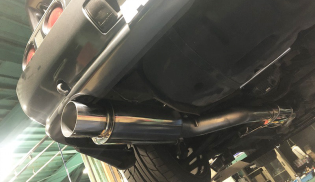
SS and SUS are different ways of expressing stainless steel. With its excellent performance, it plays a key role in many industries. With the continuous advancement of science and technology, stainless steel materials are also continuously innovating and developing. New alloy formulas and processing technologies are constantly emerging, which further optimizes and expands its performance.
